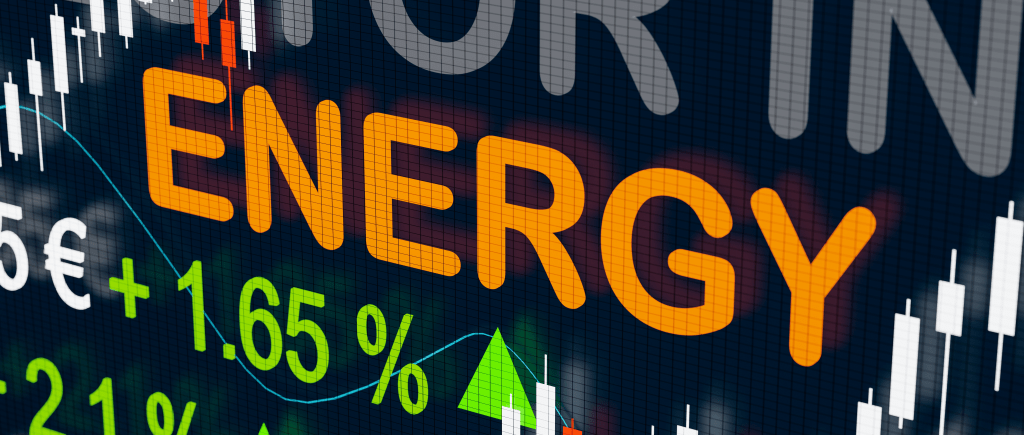Oil prices steadied on Tuesday after sliding to their lowest levels since early May, as investors weighed signs of oversupply against lingering trade tensions between the United States and China — the world’s two largest oil consumers.
Brent crude edged slightly higher to about $61 a barrel, while US West Texas Intermediate hovered near $57. The mild recovery came after a volatile start to the week, with traders reacting to fresh worries about slowing global growth and expectations that OPEC+ will move forward with plans to boost production.
Market sentiment has been cautious, with traders closely monitoring reports suggesting that US crude inventories may have risen last week — a sign that demand could be weakening. At the same time, both major benchmarks have begun to shift toward what is known as a “contango” market structure, where near-term prices fall below longer-dated contracts. This setup usually indicates an abundance of supply and softer immediate demand.
Still, not everyone is convinced that a major glut is looming. Some observers believe the market’s reaction may be exaggerated, noting that price structures have not yet moved to levels that typically encourage large-scale stockpiling.
In other words, while traders remain wary of a potential surplus, there is also a sense that the market may be overestimating the threat. For now, oil prices appear to be stabilizing as investors wait for clearer signals on global demand and the impact of ongoing geopolitical and economic developments.

 Noor Trends News, Technical Analysis, Educational Tools and Recommendations
Noor Trends News, Technical Analysis, Educational Tools and Recommendations




